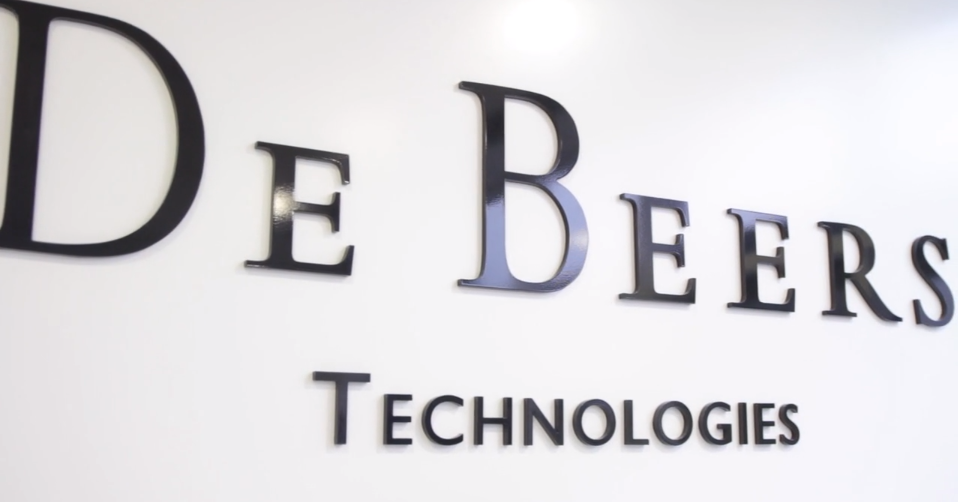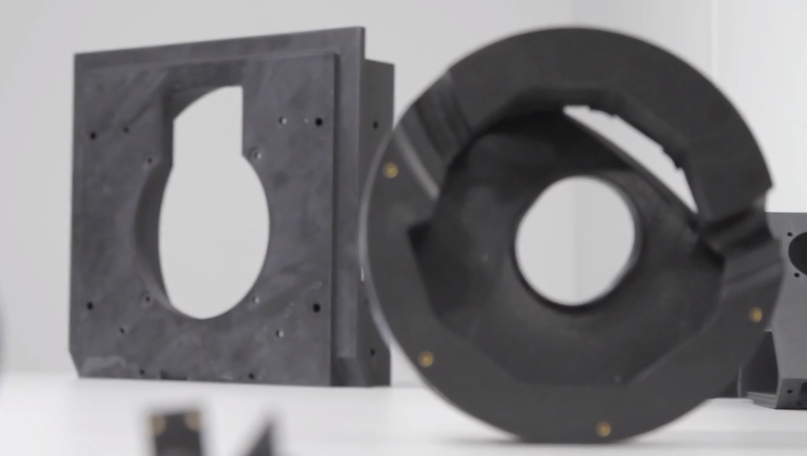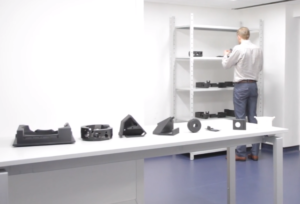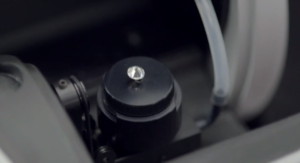Diamonds offer many meanings around the world, most of them emotional. While realistically they are pricey jewels that represent a financial investment, they also say to those glancing at the ring finger that someone loves us and so much so that they were willing perhaps to sacrifice some hefty paychecks (is it two as the ‘standard’?) in order to put a ring on it. Diamonds represent status, beauty, and a lot of marketing and spin, but they also possess their own true, magical aesthetic that makes us forget all about advertising—and often, our budgets too.
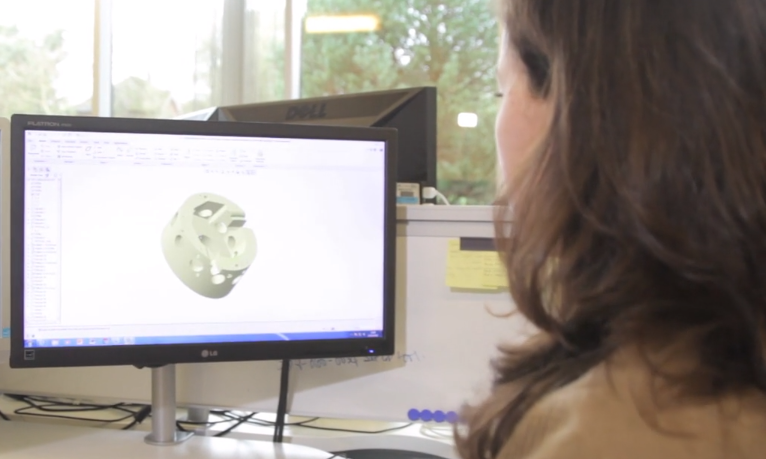 And while you wouldn’t think budget would really have to play a part for a company such as De Beers, ironically, this is one of the greatest benefits they are seeing as they use 3D printing now, innovating onsite and keeping processes—and parts—rolling along better than ever.
And while you wouldn’t think budget would really have to play a part for a company such as De Beers, ironically, this is one of the greatest benefits they are seeing as they use 3D printing now, innovating onsite and keeping processes—and parts—rolling along better than ever.
A leader in diamond mining since the beginning of the rush in the late 1800s, this London-headquartered company has, despite much controversy over the industry, kept a focus on quality, famous for creating the idea of the diamond engagement ring, and coining the famous ‘a diamond is forever’ slogan all the way back in 1947.
Founded as De Beers Consolidated Mines in 1888, the company is still, as the De Beers Group, involved in every facet of diamonds from seeking them out and mining, to the valuation of and selling of both rough and polished diamonds, and other jewelry. In 2001, they created De Beers Diamond Jewellers (DBDJ), with luxury brand Moët Hennessy Louis Vuitton, and marketing was elevated further. Along with that, they continued to work in eliminating the dark world—and the flow—of conflict diamonds, eventually establishing the Kimberly Process Certification Scheme to do so. It’s important to note that along with this, De Beers states one hundred percent of their diamonds are certified as conflict free.
De Beers is at the top of the chain, or the pipeline, more appropriately, and obviously they can use the highest level of any technology for ultimately creating the quality their client base expects. It’s not surprising to hear that their De Beers Technologies division has delved into the world of industrial 3D printing—but today, their engineers may be wondering how they ever lived without it. A Stratasys Fortus 360mc professional grade 3D printer now completes production in an area where previously all of the De Beers work was sent out to a service bureau. As the company began using the technology, they quickly saw—as do many other companies from the smallest to the largest—that it would be much more effective to purchase their own machine for making production parts and more.
“That Stratasys 360 is now running pretty much nonstop,” said Trever Poulter, Technical Manager for De Beers.
This side of De Beers is now able to enjoy great flexibility in making prototypes, production parts, and whatever they need for research and development as well. Poulter points out that with the Stratasys in-house, engineers are able to create parts of many different sizes and fit them into any particular production build. And keep in mind, there’s no room for error here, as some of the De Beers Technologies machines are required to operate at speeds of up to eight diamonds per second to produce assortments according to size, shape, color and clarity.
“You come up with an idea, design it, see that it will work, put it on the printer overnight or that same day, and that day or the next we’re testing it. You’ll looking at what it does, what goes wrong, how it works, what are its weaknesses, and what are the strengths of the design,” says Andrew Portsmouth, Senior Mechanical Engineer. “You modify that design, you put it on the printer, and intentionally that same day again you are testing the next iteration. In terms of development time reduction and pipeline, you can’t put a price on the value that 3D printing has saved us.”
“Avenues that weren’t available to us as engineers before now are. It’s changed the way we work as engineers and as designers,” continued Portsmouth.
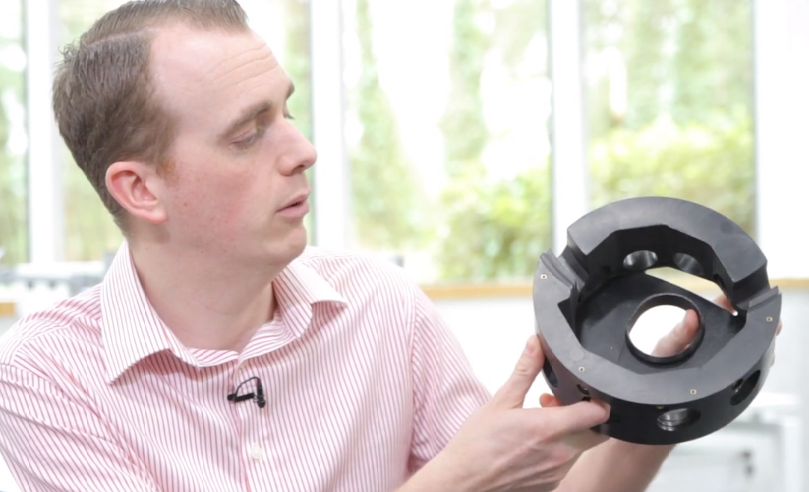
Andrew Portsmouth displays a part that De Beers Technologies would not have been able to produce before they had 3D printers onsite.
Many restrictions have been removed for them in the design process that were there when using more traditional processes such as machining. Now, as engineers and designers at De Beers are making parts for their own production machines, they are thinking about 3D printing first when creating a component. And they are discovering the same thing that many other innovators are: they are able to make parts that would not be possible otherwise.
De Beers is also seeing a reduction of three to four times in price, according to Portsmouth. 3D printing is much more affordable for the company in this context, and the parts are of higher complexity and quality. The printer runs around the clock, and it is allowing the engineering and design team to change the way they innovate, according to Portsmouth.
“The message is going out across the company that this facility is here and we can react to any of their needs very quickly,” says Poulter. “It’s a positive across the board.”
Obviously, demand for 3D printing is already high at De Beers and their experience with the technology so far has been extremely positive—so, it’s no surprise to hear that they are also now installing a Stratasys Dimension 1200es with the further help of SYS Systems, Stratasys Platinum Partners for both the UK and Ireland. Poulter sees the new printer as a midway point from their Fortus 360, allowing them to advance in both the use of different materials as well as more color choices.
It’s impressive to see how the benefits of 3D printing are affecting a top-notch company like De Beers that has access to whatever tools they need. They are making better parts and the bottom line is only going down at the same time. Poulter states that the company has already made their money back from the purchase of the initial 3D printer.
“I’d certainly recommend it to someone else, to go down the 3D printing route,” concludes Poulter. “Even if you just start with a small machine and try it, absolutely go down that route.”
Were you surprised that De Beers has so much need for 3D printed parts? Discuss further in the De Beers & Stratasys 3D Printers forum over at 3DPB.com.
[Source: SYS]
Subscribe to Our Email Newsletter
Stay up-to-date on all the latest news from the 3D printing industry and receive information and offers from third party vendors.
You May Also Like
Further Understanding of 3D Printing Design at ADDITIV Design World
ADDITIV is back once again! This time, the virtual platform for additive manufacturing will be holding the first-ever edition of ADDITIV Design World on May 23rd from 9:00 AM –...
3D Printer Maker EVO-tech Reborn as NEVO3D — Once More With Feeling
EVO-tech was a 3D printing service and original equipment manufacturer established in 2013 and based in Schörfling am Attersee, Austria. The company produced high-quality material extrusion systems featuring linear bearings,...
3D Systems Brings 3D Printed PEEK Cranial Implant to the U.S. with FDA Clearance
For more than 10 years, 3D Systems (NYSE:DDD) has worked hand-in-hand with surgeons to plan over 150,000 patient-specific cases, and develop more than two million instruments and implants from its...
CDFAM Returns to Berlin for Second Annual Symposium
The second CDFAM Computational Design Symposium is scheduled for May 7-8, 2024, in Berlin, and will convene leading experts in computational design across all scales. Building upon the first event...


